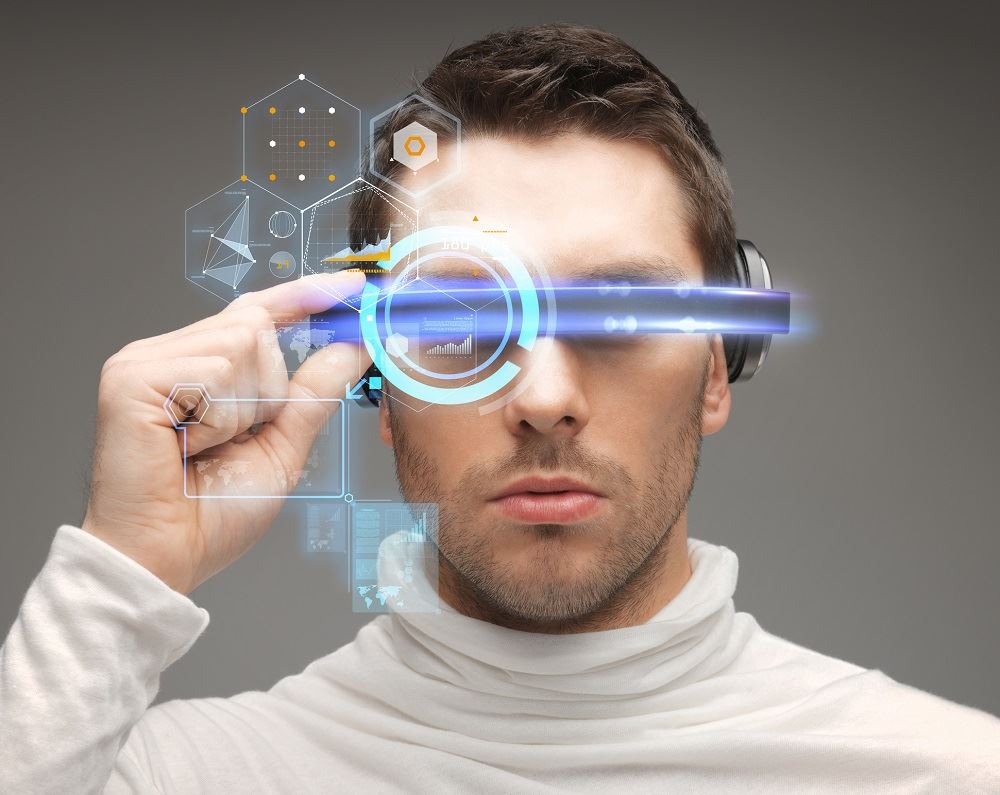Maximizing Efficiency with Screen Readers for the Blind: A Comprehensive Guide
Discover Advanced Assistive Devices for Individuals With Aesthetic Problems
The landscape of assistive modern technology for individuals with visual impairments is progressing rapidly, providing a range of cutting-edge devices that improve autonomy and interaction. From clever glasses that flawlessly merge visual input with auditory guidance to innovative navigating applications that redefine spatial recognition, these tools are improving possibilities.
Smart Glasses Innovations
Smart glasses stand for a substantial development in assistive innovation for individuals with visual disabilities. Outfitted with cameras and sensors, clever glasses can catch real-time aesthetic info, which is after that processed and shared to the user through sound responses or haptic experiences.
Moreover, improvements in expert system have better improved the capabilities of wise glasses. Artificial intelligence formulas can acknowledge faces, reviewed message, and identify things, making them very useful tools for day-to-day jobs. Users can get acoustic signs that provide context about their setting, cultivating freedom and self-confidence.
Additionally, the ergonomic layout and lightweight nature of several smart glasses make them ideal for prolonged use, guaranteeing convenience while improving capability. As these tools proceed to develop, they hold the possible to revolutionize the method people with visual disabilities experience their lives, bridging the space in between accessibility and innovation. The recurring r & d in this field assurance to broaden the possibilities for smart glasses, making them a necessary component of modern assistive gadgets.
Navigating Apps and Devices
Many navigating apps and devices have emerged as vital sources for individuals with aesthetic problems, substantially boosting their capacity to traverse unknown environments. These technologies take advantage of general practitioner capability, audio cues, and real-time data to offer individuals with accurate navigating aid.
One prominent example is the Aira app, which connects customers to trained representatives that can give aesthetic summaries of environments and navigating support with a live video clip feed. This service improves the individual's spatial recognition and self-confidence while navigating. One more notable device is Seeing Eye GPS, which offers voice-guided navigating and points of passion, making it possible for customers to accessibility essential details regarding their environments.

As innovation continues to development, the development of a lot more advanced navigation devices promises to additional equip individuals with aesthetic impairments, helping with smooth wheelchair and integration into diverse atmospheres. Such innovations are important in advertising a much more comprehensive culture.
Braille Modern Technology Improvements
In recent times, innovations in Braille innovation have actually significantly changed exactly how individuals with aesthetic impairments access info and engage with the globe around them. The development of mobile Braille screens has revolutionized reading by enabling individuals to important site link wirelessly her comment is here to computers, tablet computers, and mobile phones. These gadgets convert message into Braille in real-time, allowing seamless communication with digital web content.
In addition, ingenious Braille printers have actually emerged, improving the production of tactile products. Modern embossers are much faster and more efficient, permitting the fast development of Braille papers and academic materials. This effectiveness reduces the time and expense related to creating Braille sources, making them extra accessible to organizations and schools.
In addition, the assimilation of Braille with various other innovations, such as fabricated knowledge and maker discovering, has opened up brand-new avenues for tailored knowing experiences. Voice acknowledgment and synthesis innovations can complement Braille, offering an inclusive technique to info circulation.
As the need for inclusive education and workplace settings expands, these technical advancements play a vital role in equipping individuals with aesthetic impairments, guaranteeing they have equal accessibility to info and chances in different aspects of life.
Wearable Tools for Independence
An expanding range of wearable devices is boosting freedom for individuals with visual problems, using cutting-edge solutions that boost navigating and everyday living. Braille displays and notetakers. These gadgets use innovative technologies to give real-time feedback and support, promoting freedom in different atmospheres

Wearable technology also includes smartwatches that can be configured with availability features, allowing oculist doctor customers to receive notifications, track their places, or even ask for help with the touch of a switch. Additionally, some devices integrate expert system to assess the atmosphere, offering audio descriptions of nearby objects or people.
Voice-Activated Assistive Solutions
Leveraging voice-activated assistive remedies has transformed the landscape of assistance for people with aesthetic impairments, giving hands-free interaction and access to a range of tasks. These innovations use all-natural language handling and expert system to make it possible for customers to execute daily activities via basic voice commands.
Additionally, recent innovations in voice acknowledgment precision have actually enhanced the customer experience significantly, suiting diverse accents and speech patterns. This inclusivity guarantees that more individuals can benefit from these technologies, fostering a better feeling of autonomy.
Final Thought
Finally, the advancement of sophisticated assistive devices considerably improves the self-reliance and quality of life for people with visual disabilities. Advancements such as smart glasses, navigation applications, Braille innovation, wearable tools, and voice-activated solutions jointly foster an even more inclusive environment. These innovations encourage individuals to browse their environments with self-confidence and engage more totally with the globe, inevitably advertising higher ease of access and equal possibilities for people facing aesthetic challenges.
The landscape of assistive innovation for people with aesthetic disabilities is developing rapidly, offering an array of cutting-edge tools that improve autonomy and involvement.Smart glasses represent a considerable improvement in assistive technology for individuals with aesthetic problems. As these gadgets proceed to progress, they hold the possible to revolutionize the means people with aesthetic disabilities experience their day-to-day lives, connecting the gap between availability and innovation.In recent years, advancements in Braille innovation have significantly changed just how individuals with visual problems gain access to information and engage with the world around them. These technologies empower customers to navigate their surroundings with confidence and involve more completely with the world, inevitably promoting higher access and equal possibilities for individuals encountering aesthetic difficulties.